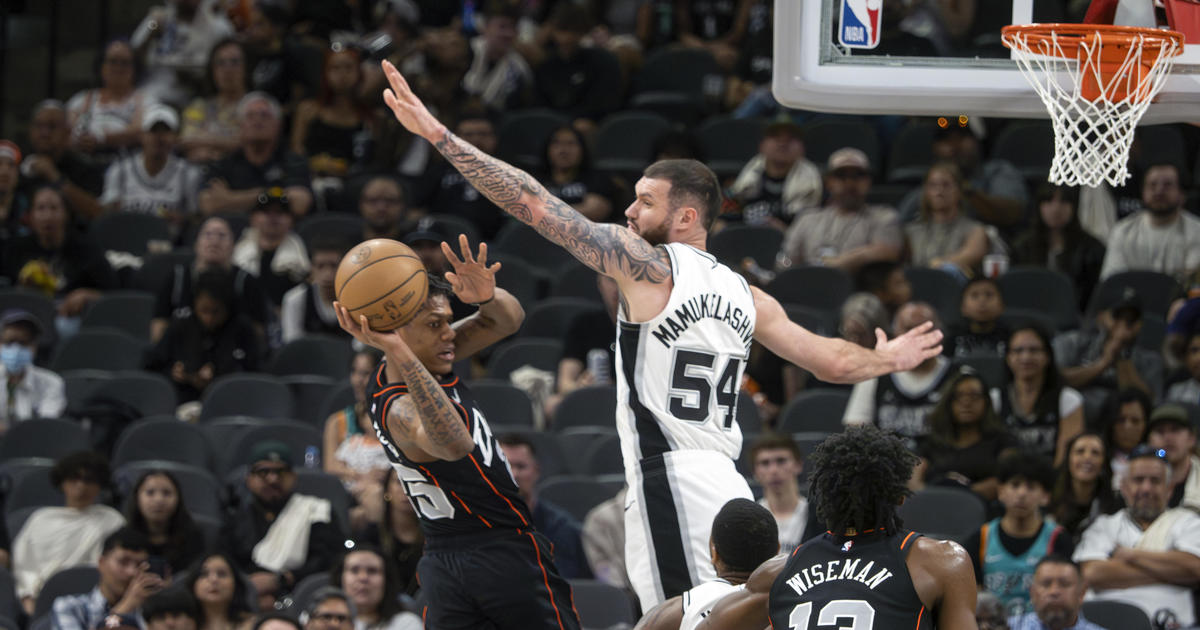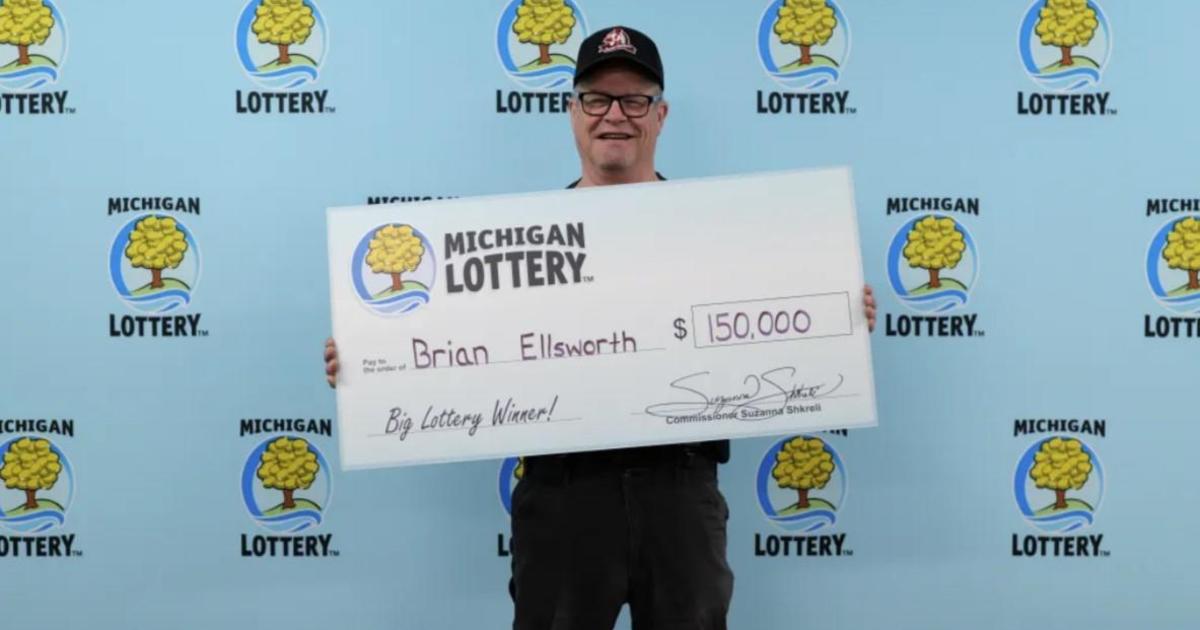Hydroplane Racers Risk Life, Limb At Up To 200 MPH
DETROIT (AP) - Dave Villwock shakes hands without his right pinky or ring finger, paying a price for his profession.
Hydroplane racing's all-time winningest driver, who took his record-breaking 63rd race July 10 in Detroit, has had just three fingers on his right hand ever a 1997 crash in which Miss Budweiser went nose over tail.
"The canopy exploded and my hand got caught up in some of the shrapnel," the 57-year-old Villwock said nonchalantly. "Just Google me and you can see the whole thing."
Villwock and his peers dismiss the dangers of five-wide racing at speeds of up to 200 mph in 6,500-pound, 30-by-13 foot boats propelled by 3,000-horsepower helicopter engines with just 5 inches of one propeller in the water.
"If NASCAR guys quit after hitting the wall, there wouldn't be many of them left," Villwock said with a shrug. "This is what we do and we love being a part of what is truly the last spectacle sport like chariot racing left.
"It's a celebration in excess."
The drivers, though, are relatively safe.
J.W. Myers was proof of that last year in the Motor City.
What seemed like a minor accident for Myers, damaging the skid fin that is designed to prevent sliding in turns, led to a major one. He lost control in what is known as Roostertail Turn and slammed into a seal wall at 100 mph.
"I figured, this is it," Myers recalled saying to himself just before impact. "When I bounced off the wall I was like, `Well, I'm still here."'
Myers got himself out of a cockpit - one built from the same canopies used for fighter jets - and came away from the crash pretty lucky. He had 25 plates and screws inserted into his broken left foot and returned for the season-ending race in November.
"When you survive an accident like I did last year, it only compliments the amount of intelligence that has gone into safety," he said. "When somebody straps me in, I'm making a decision. I figure, you're going to die of something."
The series hasn't had a death since 2000 when George Stratton flipped during a test run on San Diego's Mission Bay and it's been a couple years since there has been a blowover like Villwock's.
The sport's top level of racing almost went away when Anheuser-Busch stopped sponsoring the sport several years ago.
"The sport virtually fell apart when that happened after the 2004 season and we went through three ownership changes in 90 days," series chairman Sam Cole said. "Then, we basically started over.
"I think we're on the cusp of really growing the sport with Air National Guard as the sponsor of the series, Versus as our TV partner along with expansion both internationally and domestically. We're going to have at least an exhibition in China and we recently signed an agreement to return to Houston during Labor Day weekend for the first time since 1984."
Racers have been competing for the Gold Cup on the Detroit River since 1904 - seven years before the Indianapolis 500 began - and the sport boasts that it has the oldest motorsports trophy in America.
Norman Crowe, a 73-year-old fan from Taylor, has seen perhaps as many of the prestigious races as anyone.
"I used to sit on the shore and watch when they were racing with wood boats back in 1946," he said last weekend. "It's changed quite a lot since then."
The boats in the first race averaged 23 mph. Villwock was averaging 138 mph when he won the event for the ninth time, giving him one more career victory than Bill Muncey.
But Villwock didn't make a dime more for his performance than Myers, who was an alternate for the finals, because the $160,000 purse was equally divided among the 12 teams.
"That change was made maybe 15 years ago to allow the lower-budgeted teams to pick up enough money to go to every race," Cole said. "I would hope at some point, we'd go back to prize money."
The sport loses potential revenue at many venues because it doesn't have rights to every shore in sight of the race.
Cole said about 70,000 people paid for tickets over the three-day event in the Motor City and many watched for free from the shores Belle Isle in the Detroit River and across the border Windsor, Ontario. In the series-opening race, Cole said about 50,000 paid to watch the weekend of racing in Madison, Ind., and others watched for free in Kentucky.
"A farmer there turns his farm into a campground and he doesn't have to share the money he makes," Cole said. "That's one of the challenges we have."
Crowe, though, and his son, happily spend some of their disposable income on going to the Gold Cup. Both will never forget the near-death crash they witnessed when Myers slammed into a wall last year.
"It was thrilling to see," 51-year-old Matt Crowe of Statesboro, Ga., said, wearing a navy tank top, jean shorts and gripping a tall can of Miller Genuine Draft. "Nobody wants to see anybody get hurt, but it adds to the ambience."
Copyright 2011 by The Associated Press. All Rights Reserved.



